|
It’s middle November here at Bardwell Farm, the fields have been put to bed, equipment washed and stored in the barns, and the farmstand has been officially rolled away to complete another season.
It’s a bittersweet time of the year for us. We’re sad that the season is over but excited and hopeful for a new one to come. It’s also a time that we reflect on the season and think of all the things we are thankful for. We are so thankful for the Earth, providing us with healthy soils and beautiful farm land to grow our crops on. As many of you know the 2018 season was a struggle in many ways. It was difficult to grow and maintain our mainstay crops. Many times we were at the mercy of Mother Nature, fighting the persistent heat and humidity, the deluge of rain and the stubborn cold. We did our best to bring you the best quality product the land and elements had to offer. With the help of family and friends (and a little luck too) we persevered. As Bardwell Farm approaches its sixth season we are “Farm to Table” committed by offering several ways to access our fresh veggies. Whether it’s through our farmstand, a CSA Farm Share, or our trusted delivery system, it’s our promise to support our local community! I personally would like to take a moment to thank all our valued customers who have come back year after year, and to those that took a chance on a new farm they were not familiar with. Thank you for giving our fruits and vegetables a try. This farm would not be here without the support we receive from you each year and for that we are extremely thankful. Even though we are closed for the season, stay up to date by visiting our blog and social media. Exciting things will be happening in Season 2019! Happy Thanksgiving to everyone, we will see you soon! Owner Harrison Bardwell
1 Comment
From the UMass Extension: November 15, 2018 CROP CONDITIONS High tunnels have been planted and greens are up, while in the field, roots are being dug. Fields are being put to bed and equipment stored away ahead of today’s predicted snow. November is a time when we can look back and reflect upon the growing season, so we chose to share a reflection from one of you. We heard from many of you that this year was the most challenging yet because of the weather. Why? Here is a synopsis from farmer Harrison Bardwell in Hatfield, MA.
Garlic is an herb in the allium family, such as leeks and onions and it originates from the region of Siberia. Some say it has traveled across the world over 5000 years ago and is used for many culinary and medicinal purposes. Garlic has been cultivated for so many years that we have taken its ability to make seed. So we now propagate the cloves as seed to produce new cloves every year, just like the potato. There are two types of garlic that is grown, hard-neck and soft neck garlic varieties. Hardneck (or topset) garlic produces false flower stalks called scapes, which are edible and you can find them on our farm stand in June. Hardneck typically has a half dozen cloves per bulb. Many farmers prefer hard-neck for its flavor and appearance. These varieties if stored properly can keep up to 6 months. Softneck garlic, which has more than twice as many cloves, generally has a longer storage life than hardneck and is easier to braid. These are typically a nice white color vs. the hard-neck which usually has a red/purple tint to their wrappers. On our farm we grow hard-neck varieties. Now you thought two different types of garlic was interesting, I'm going to delve farther into the story. Hard- neck varieties can be categorized into two different groups: Porcelain, Rocambole, and Purple Stripe. Rocambole This variety has a rich, full-bodied taste. It peels easily and typically has just one set of cloves around the woody stalk. It keeps for up to six months. Porcelain Porcelain garlic is similar to Rocambole in flavor and typically contains about four large cloves wrapped in a very smooth, white, papery sheath. People often mistake porcelain garlic for elephant garlic because its cloves are so large. Porcelain garlic stores well for about eight months. Purple stripe This hardneck variety is famous for making the best baked garlic. There are several types of purple stripe, all with distinctive bright purple streaks on their papery sheaths. Purple stripe garlic keeps for about six months. We decided to try out four different varieties of garlic this season to share with you next summer! First off, German White, a porcelain hardneck garlic that containing up to 6 big, easy-to-peel cloves. A beautiful garlic with creamy-white outer bulb wrappers, and often purple striped inner wrappers, that tend to be thick, parchment-like, and tightly cover the cloves. It is richly flavored with a distinctive, moderately spicy taste. Plump cloves make it a great roasting variety. Next, Russian Red, a member of the Rocambole family, Russian Red offers a strong garlic flavor. When it is eaten raw it can be described as being "hot". The clove wrappers are brown and purple and the bulb wrappers are purple. Music is a hardneck garlic, generally regarded as the most prized porcelain type. It produces very large bulbs; the white wrappers have some pink tint and purple striping. Lastly, Spanish Red is a generally a vigorous grower with large foliage that is dark green and results in a pretty good sized bulb. Being a Rocambole garlic, its flavor is very strong, hot and spicy and sticks around for a long time. It seems to have an especially rich taste. Now lets talk planting. It all starts with the very bulbs we consume for our cooking needs. The nicest, biggest, strongest bulbs typically get chosen for seed garlic. Weird huh? But yes, these will produce you nicest cloves when we harvest! We start by breaking the bulbs apart into individual cloves like you would to cook with but we are saving to plant into the ground. We don't want to let them sit like this for very long because they can dry out and not germinate once planted. So yes, we break hundreds of bulbs apart to get the cloves! Lets take a quick peek at the field prep of garlic. There are many ways to plant and every year we try something a little different to see the best result. Garlic is traditionally grown on bare ground at 6" in row and 18-24" between rows. Our first year we did these cultural practices. Last season we tired bare ground raised beds. This season we are trying raised beds on silver plastic mulch. We first prep the field with the amendments we need for the garlic growth and incorporate this. Next, we laid silver plastic with our bed shaper, this made a raised bed of plastic mulch. We decided to use silver plastic mulch for a few reasons:
Next, we use our transplanter and set it up to plant three rows per bed at 6" in row. This marks our spacings for each clove. Then we get on our hands and knees and plant over 5000 cloves by hand! It's tough to do any mechanical planting of garlic seed because in order to get a good yield you need to follow a few precessions. You have to make sure you plant your clove UPRIGHT. Meaning the part where the existing roots are need to face down to the soil. Cloves should also be planted 2-3" deep into the soil. The last steps with planting is laying down straw over the beds at about 4" depth. This helps keep the soil insulated over the winter and early spring to keep a more neutral temperature throughout the cold months to prevent frost heaving. It's also great for converting moisture and suppressing weeds in the field, since garlic isn't very good at fighting it's weed competition. This is the last crop to be planted in the season and one of the first to come up. We have put it to bed for winter and it will see you in the spring!
As always, thanks for reading! |
AboutFollow Bardwell Farm and all of our adventures here! Archives
April 2024
Categories
All
Gift CardsGive the gift of a CSA farm share or farmstand goods with gift certificate from Bardwell Farm! NewsletterSubscribe to Harry's Farmstand Monthly newsletter! |
||||||
DIRECTIONS |
|
|
©2022 BARDWELL FARM, ALL RIGHTS RESERVED
|

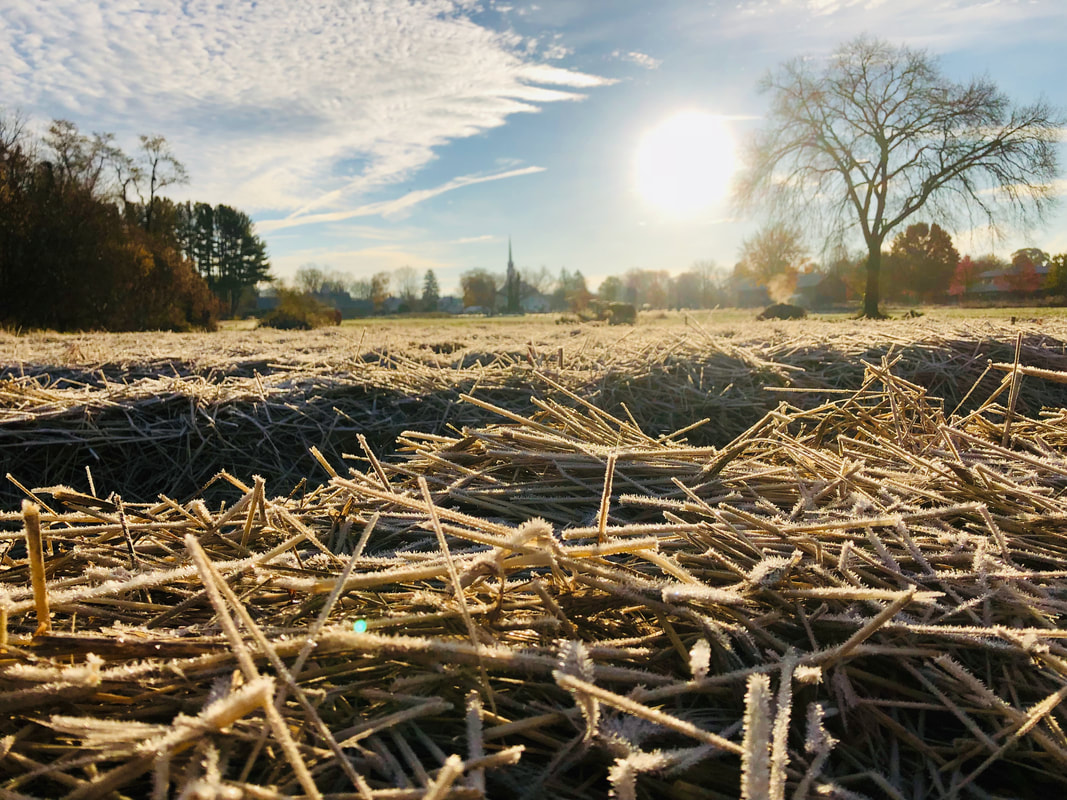
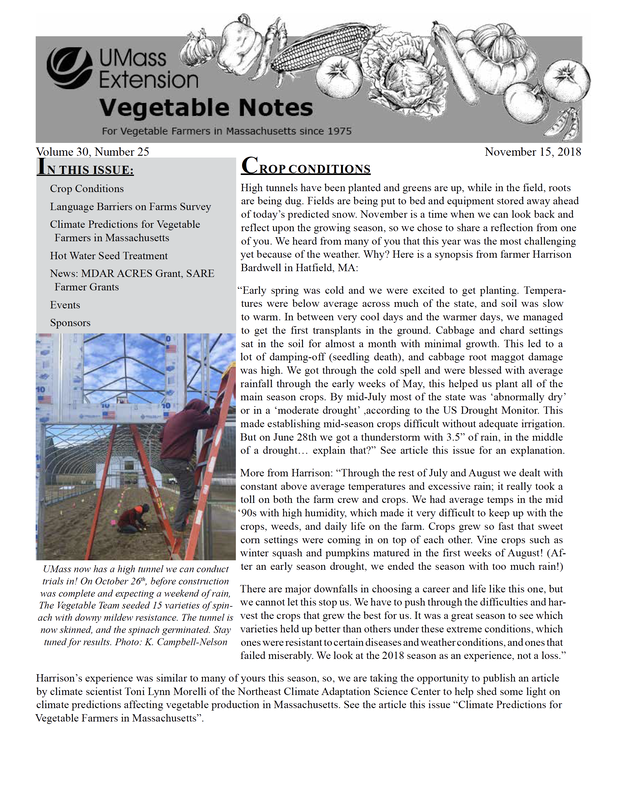
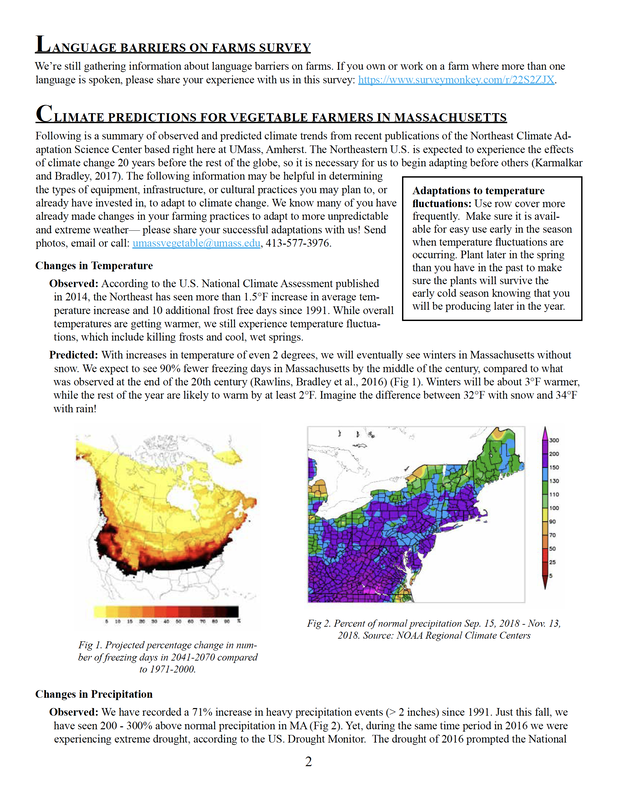
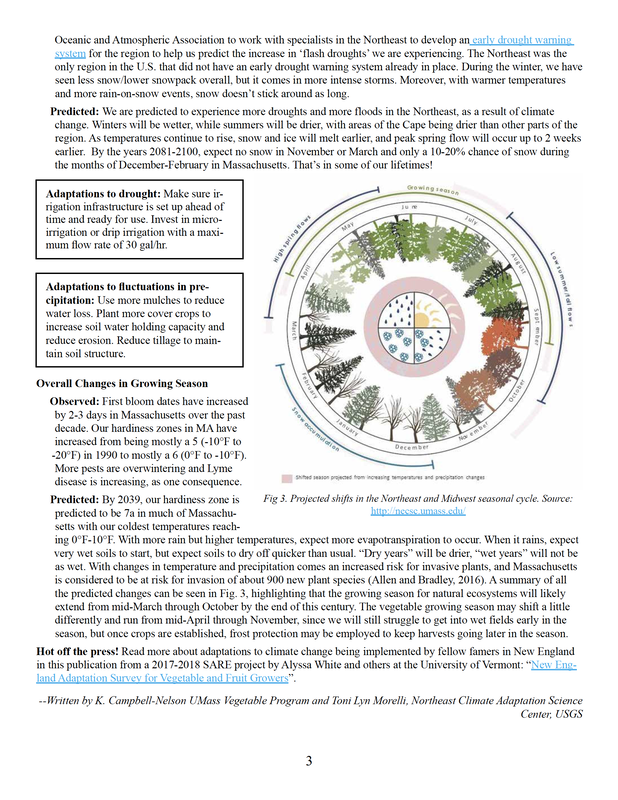
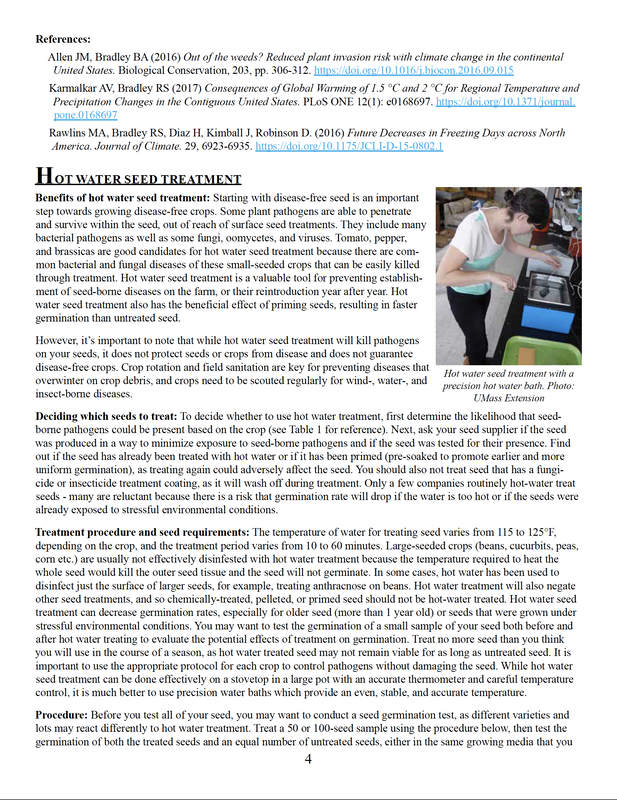
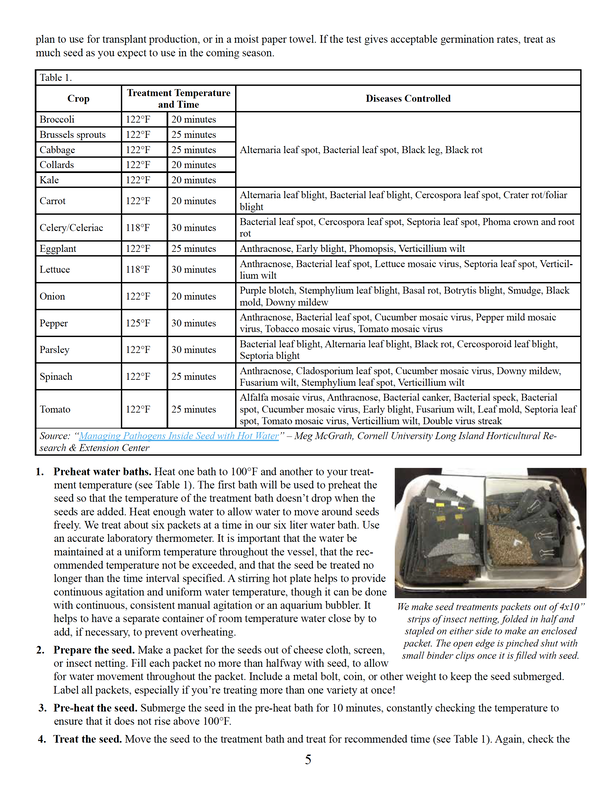
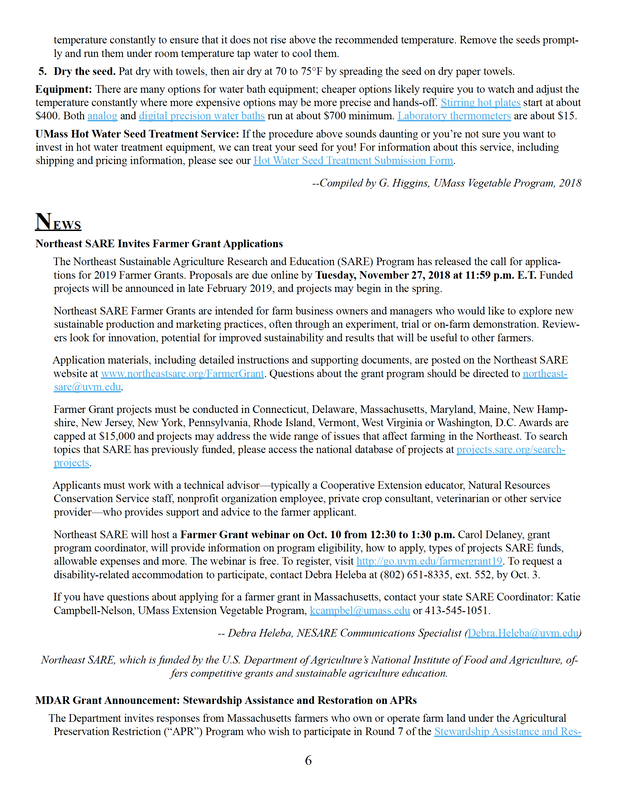
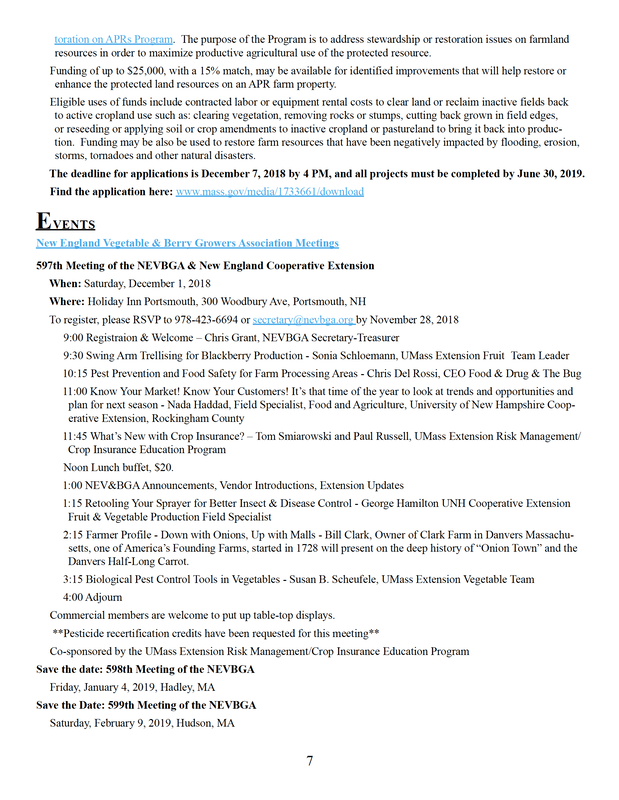
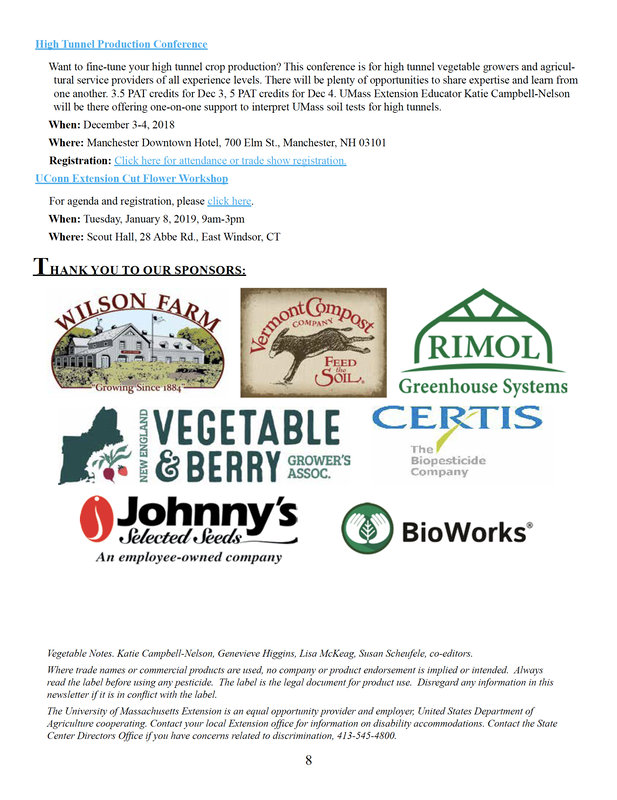
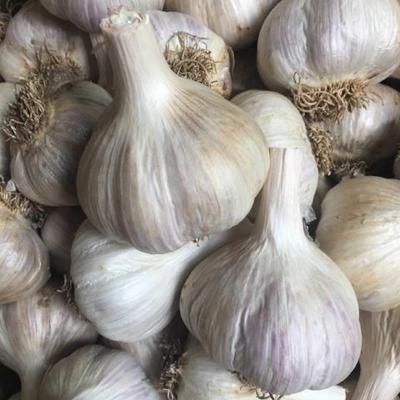
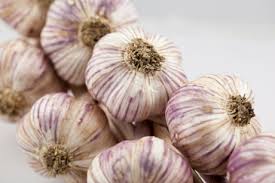
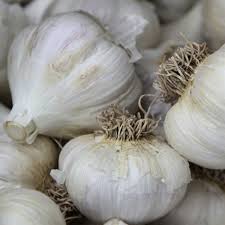
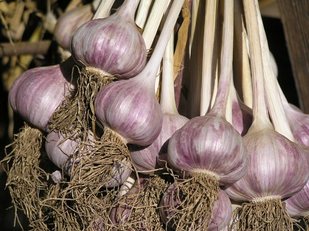
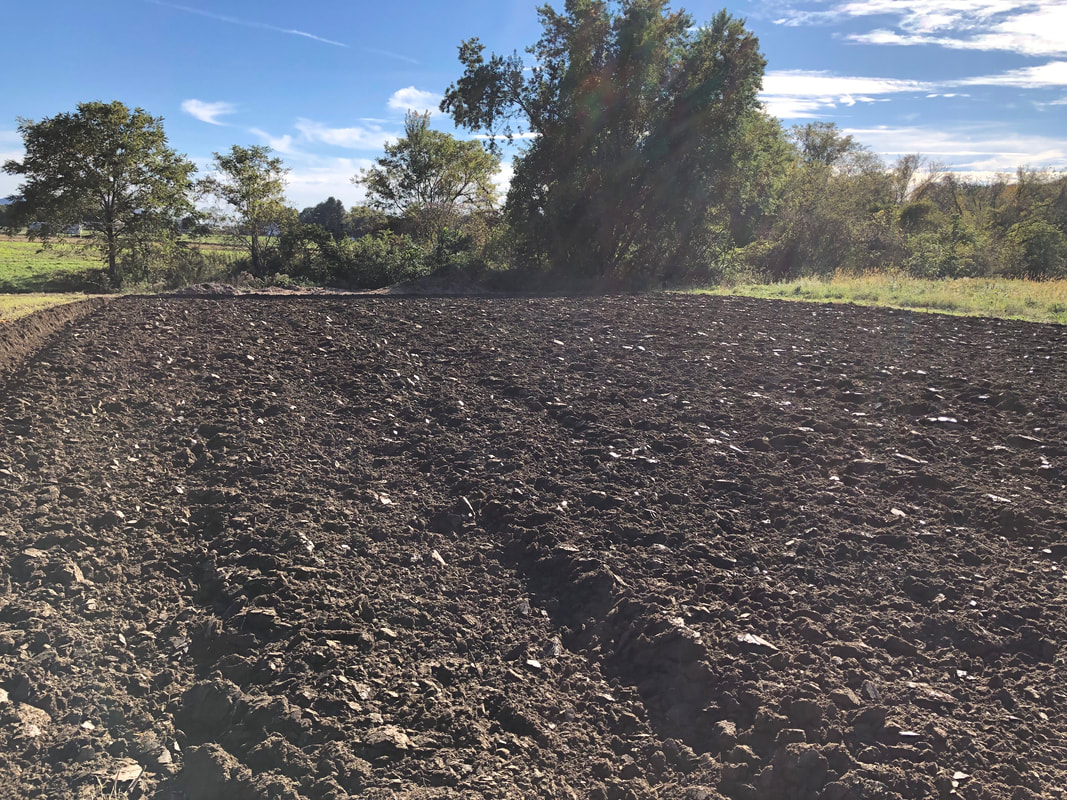
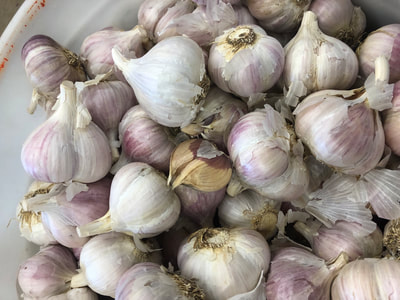
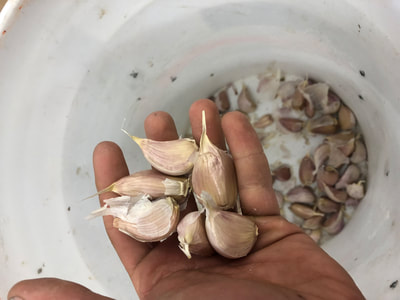
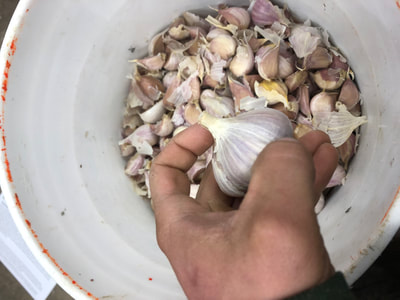
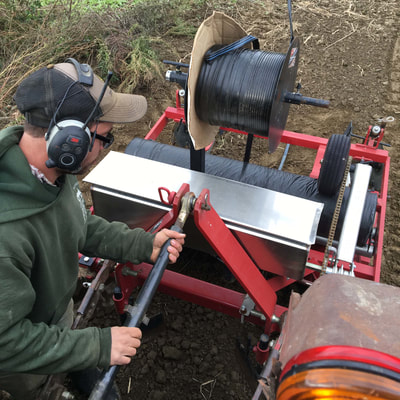
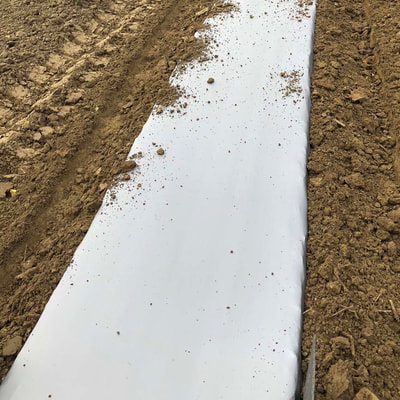
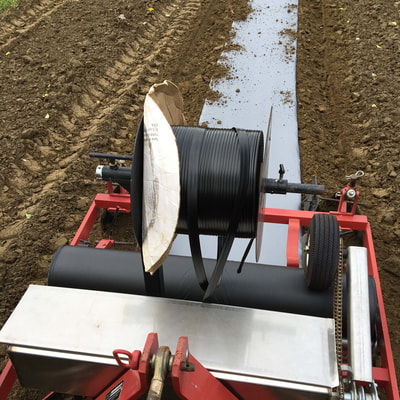
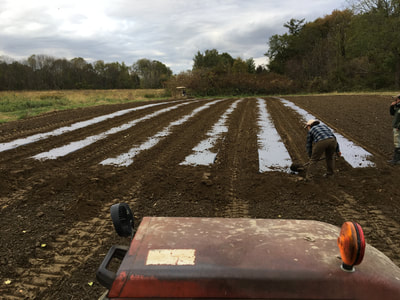
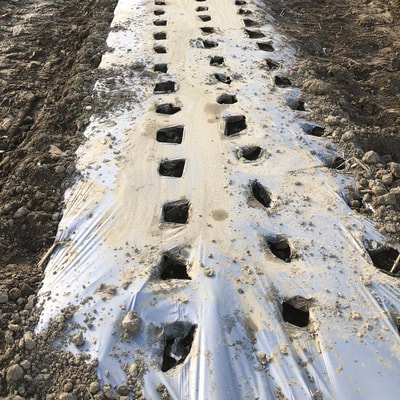
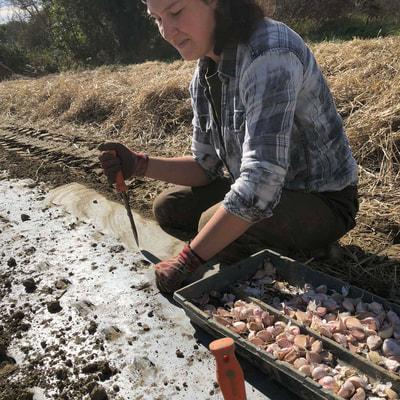
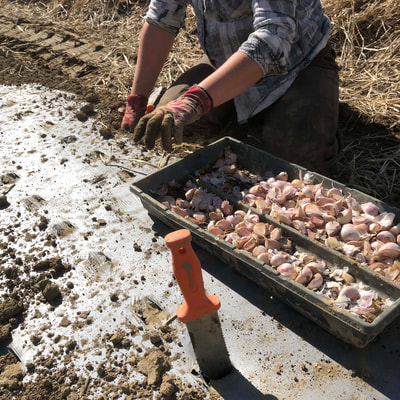
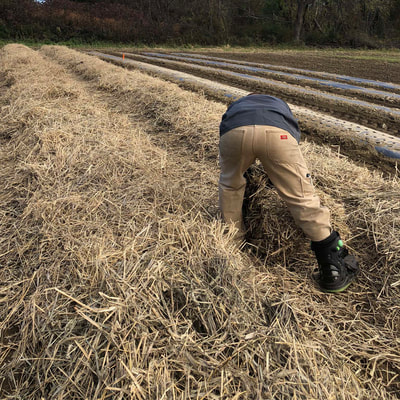
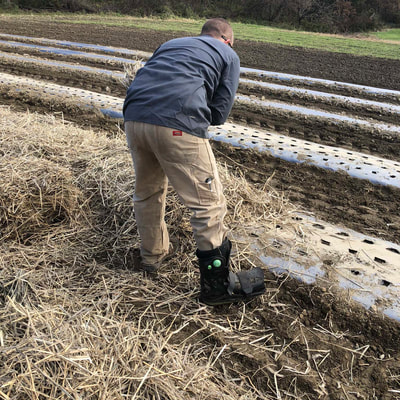
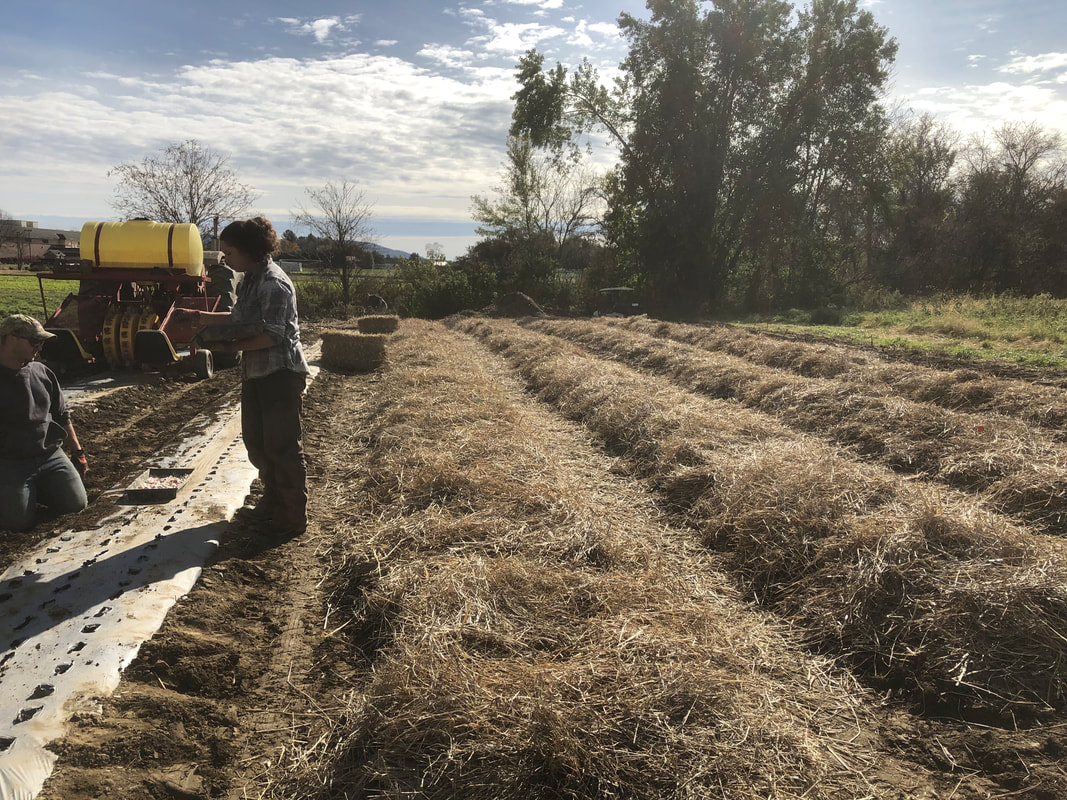
 RSS Feed
RSS Feed


